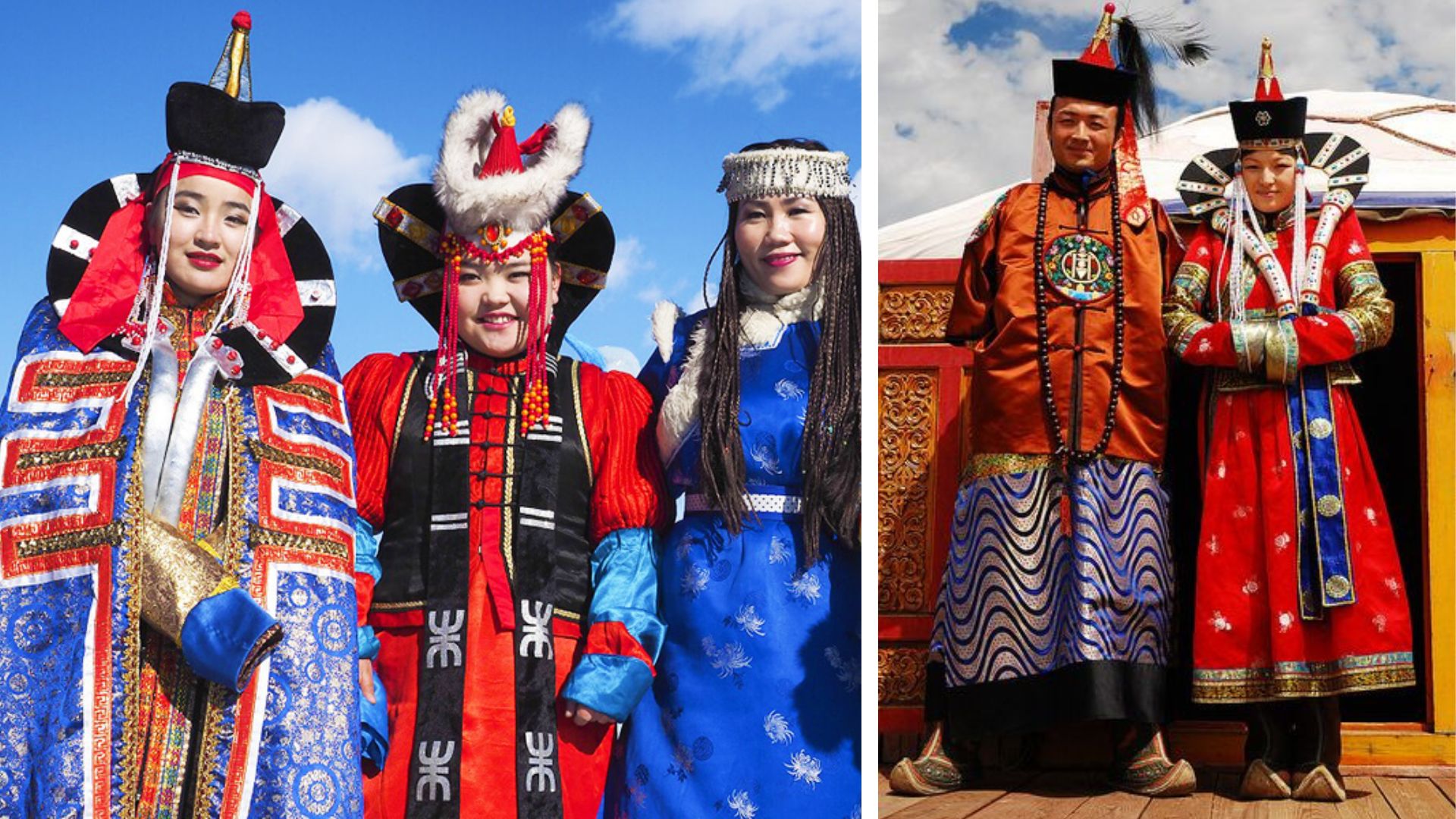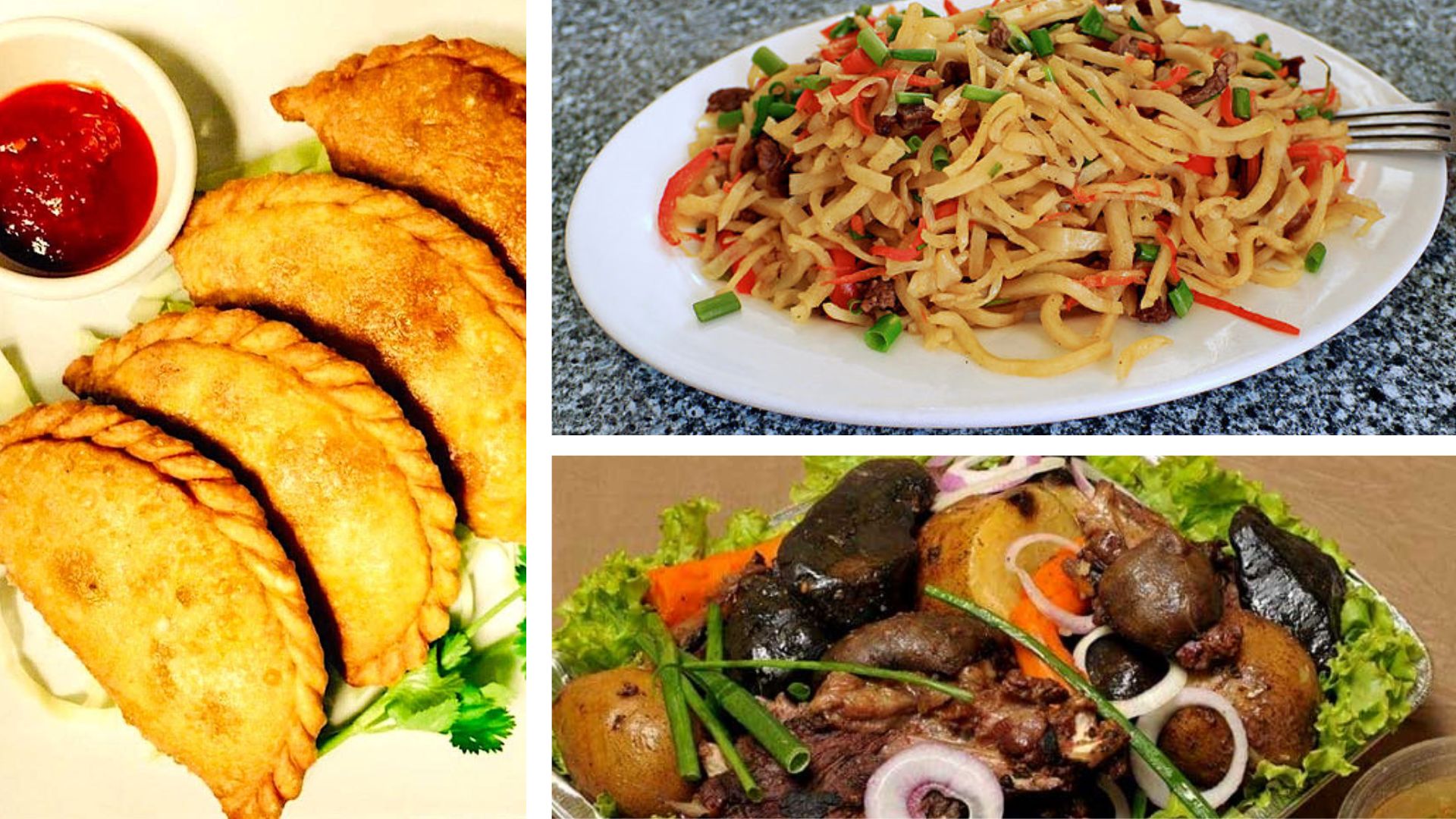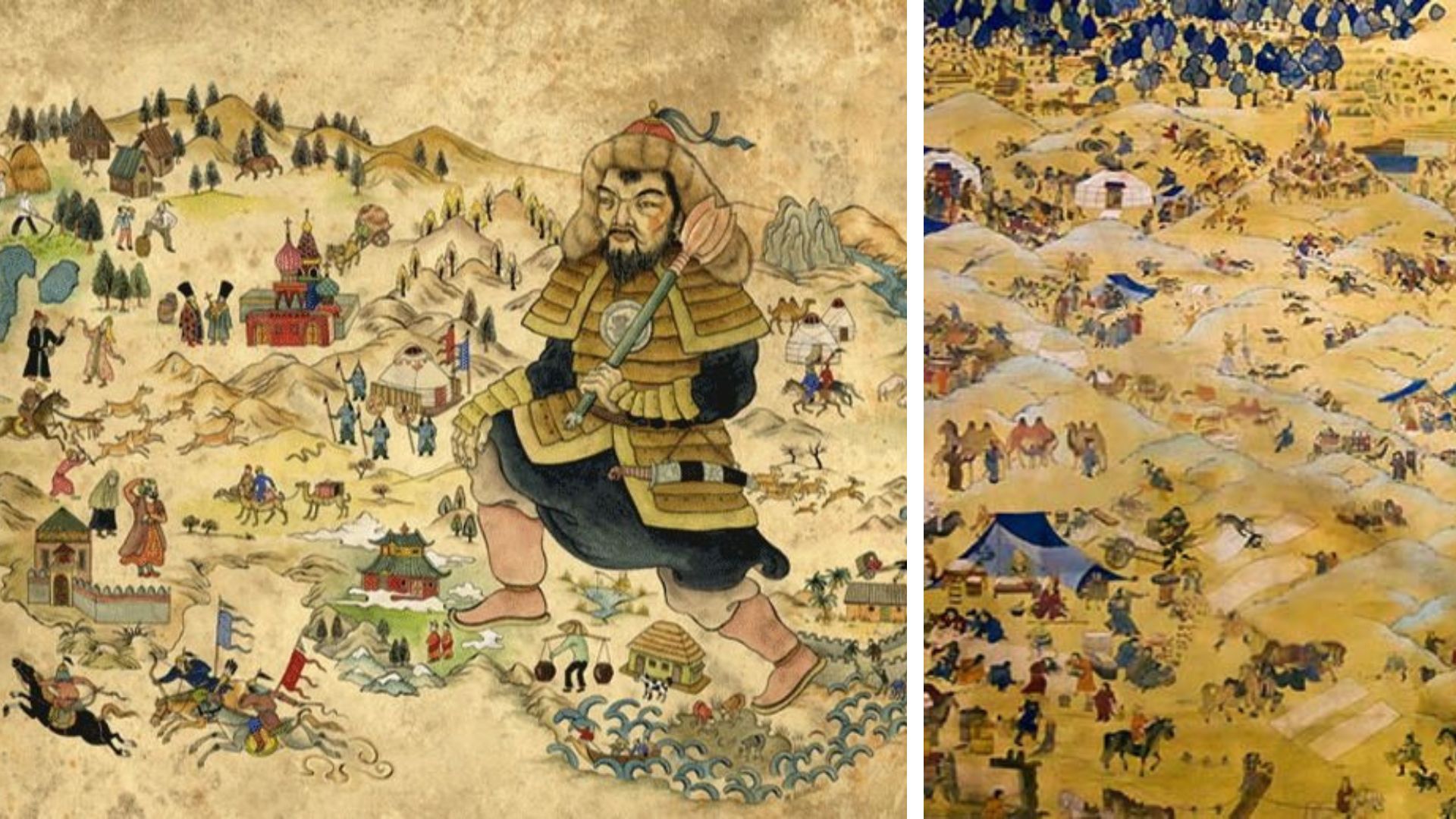Mongolia boasts a rich and vibrant culture shaped by its nomadic heritage, unique
traditions, and deep reverence for nature. Central to Mongolian culture is the
nomadic lifestyle, which has been preserved for centuries. Nomadic herders, known
as "herdsmen," roam the vast steppes with their livestock, maintaining a close
connection to the land and its resources. This nomadic lifestyle has profoundly
influenced Mongolian customs, fostering a spirit of independence, resilience, and
hospitality among its people.
Traditional Mongolian culture is also characterized by its strong emphasis on
hospitality and community. Guests are warmly welcomed into Mongolian homes and
treated with utmost respect and generosity. Hospitality plays a central role in social
interactions, with shared meals, traditional ceremonies, and storytelling serving as
important expressions of friendship and camaraderie.
Mongolian culture is deeply rooted in
shamanism and Buddhism, which coexist
harmoniously in daily life. Shamanistic beliefs,
rituals, and practices are still observed in many
parts of the country, with shamans serving as
spiritual guides and healers. Buddhism,
introduced to Mongolia in the 16th century, has
also left an indelible mark on the culture, with
numerous monasteries, temples, and religious
festivals dotting the landscape.

Mongolia Clothing
Traditional Mongolian clothing reflects the rich cultural heritage and nomadic
lifestyle of the Mongolian people. The most iconic garment is the "deel," a long,
loose-fitting robe worn by both men and women. Made from thick, durable fabrics
such as wool or silk, the deel provides warmth and protection against the harsh
Mongolian climate. Its design features a high collar, wide sleeves, and a sash or belt
around the waist, allowing for ease of movement and versatility.
In addition to the deel, Mongolian clothing includes
various accessories that serve both functional and
decorative purposes. These may include the "del," a
traditional Mongolian hat with distinctive pointed
flaps, which helps shield the wearer from the sun and
wind. Another essential accessory is the "gutal,"
leather boots with upturned toes, designed to
provide traction on the rugged terrain and protect
the feet from cold and moisture

Mongolia Food
Huushuur –
Deep Fried Meat Pie :
Huushuur are small, half-moon shaped fried
pastries filled with meat (sheep or beef) and
onions. You can easily find it in many Gers and
local restaurants in the Mongolian countryside.
Tsuivan – Stir fried noodle :
Tsuivan is a popular Mongolian dish and main
recipe is home-made noodles, fried with meat
(sheep and beef) and onions in a covered frying
pan.
Khorkhog –
Authentic Mongolian Barbecue :
Khorkhog is a traditional Mongolian barbecue dish
made with meat (usually lamb or goat), potatoes,
carrots, and onions, cooked in a large metal pot
with hot stones

Mongolia Art
Mongolian art is deeply rooted in its nomadic heritage, reflecting the rich cultural traditions and spiritual beliefs of its people. Traditional Mongolian art encompasses a wide range of mediums, including painting, sculpture, and textile work, often characterized by intricate designs and vibrant colours. One of the most iconic forms of Mongolian art is thangka painting, a unique style of Buddhist religious art depicting deities, symbols, and scenes from Tibetan Buddhist mythology. Additionally, Mongolian artists are renowned for their mastery of techniques such as embroidery, woodcarving, and metalwork, which are often used to adorn religious artefacts, clothing, and ceremonial objects. Contemporary Mongolian art continues to evolve, blending traditional motifs with modern influences to create innovative and expressive works that capture the essence of Mongolia's cultural identity.

Mongolia Film Industry
The Mongolian film industry has a rich history that dates back to the early 20th century, with the production of the country's first silent film, "Ravjaa the Living Buddha," in 1932. Since then, Mongolia has developed a unique cinematic culture that reflects the country's history, culture, and social issues. Despite its relatively small size, the Mongolian film industry has produced a diverse range of films, including documentaries, dramas, and comedies. Many of these films explore themes such as nomadic life, traditional culture, and the challenges faced by modern Mongolian society.

Mongolia Economy
Mongolia's economy is characterized by its rich endowment of natural resources, including
coal, copper, gold, and uranium. The country's vast mineral wealth has been a key driver of
economic growth, contributing to significant increases in GDP and foreign investment in
recent years.
However, Mongolia's economy is also
highly dependent on commodity prices,
making it vulnerable to fluctuations in
global markets. In particular, the
country experienced economic
challenges in the early 2010s due to a
sharp decline in commodity prices and a
slowdown in China's economy, its
largest trading partner.
In response to these challenges, the
Mongolian government has
implemented reforms aimed at
diversifying the economy and reducing
its reliance on mining. Initiatives such as
the "Mongolia 2030" long-term development strategy and the "Economic Recovery Program"
have focused on promoting sectors such as agriculture, tourism, and renewable energy.